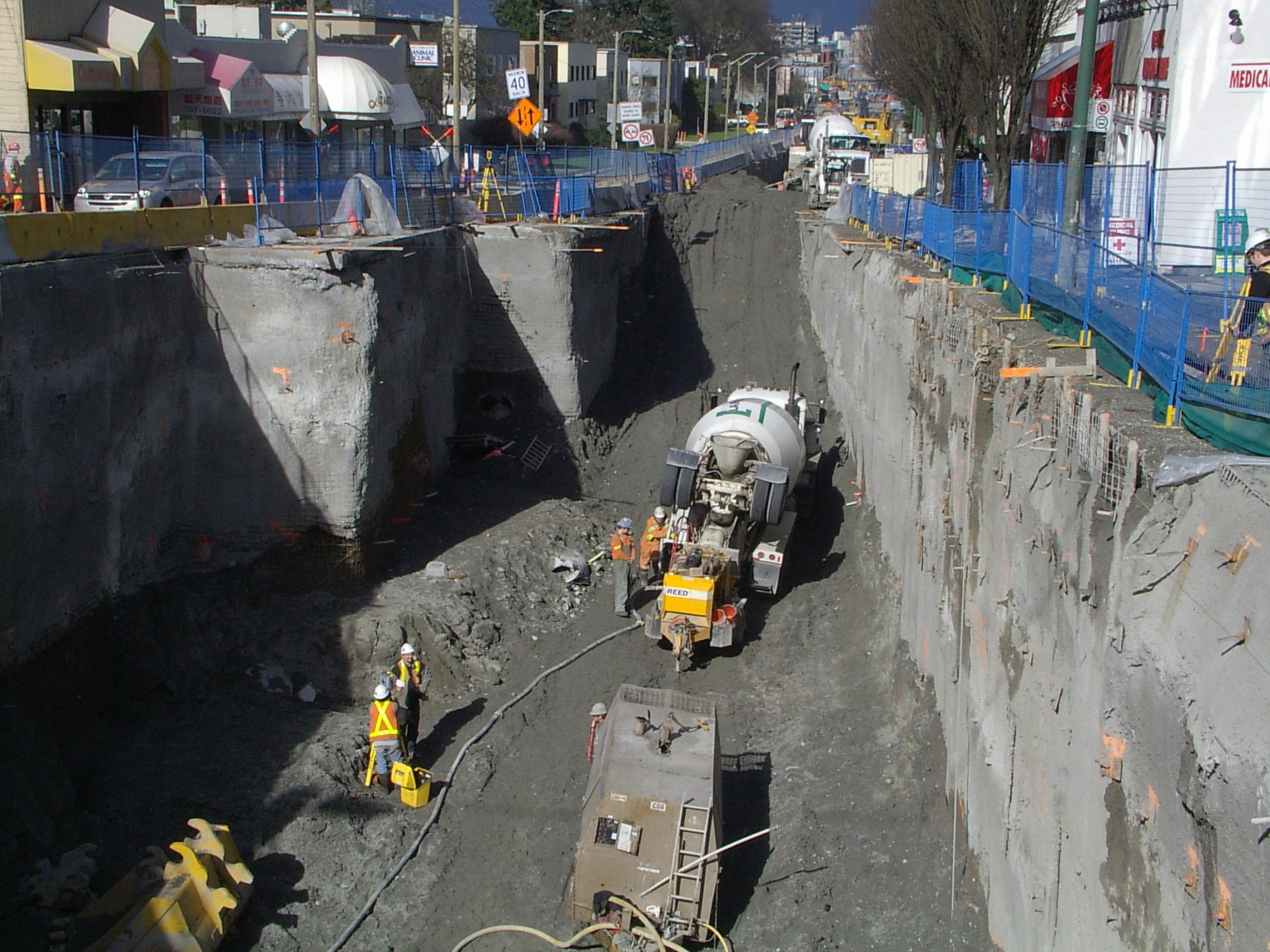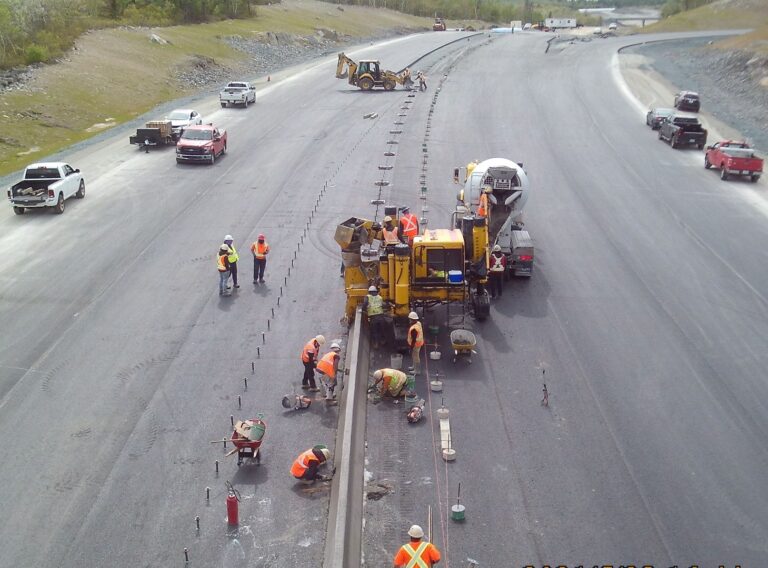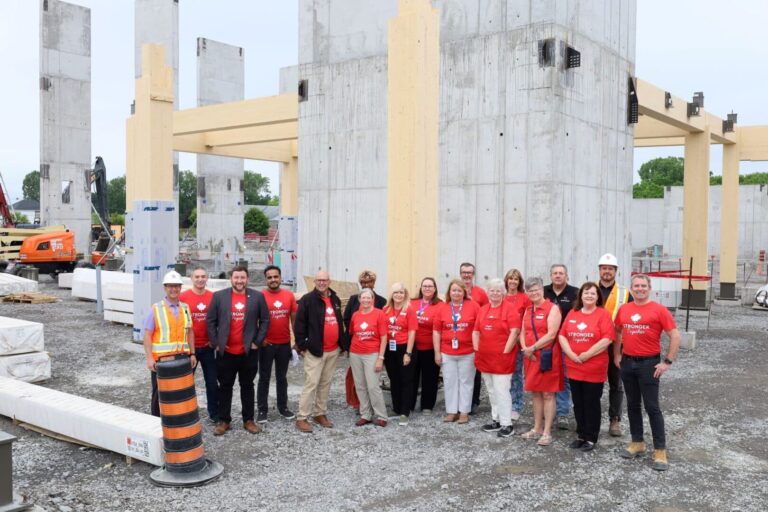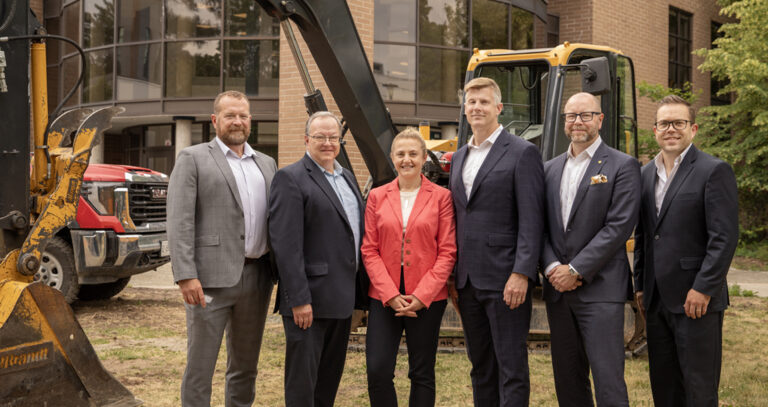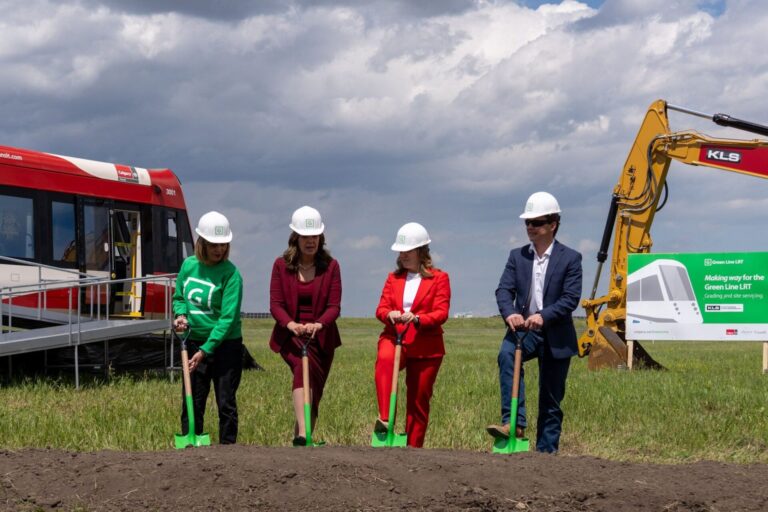François-Philippe Champagne, Canada’s Minister of Infrastructure and Communities, outlined some of the ways in which the Government is making the terms and conditions of these bilateral agreements more responsive to the needs of provinces and territories:
- Simplifying the process by which proposed projects are approved: Such measures include streamlining the application process, launching an online portal for project applications to be submitted more easily and having a dedicated team of officials to shepherd large project proposals through approvals.
- Supporting more infrastructure renewal in rural and northern communities: Such measures include making available federal funding to cover a portion of the costs associated with planning infrastructure projects in communities with a population of less than 5,000 people.
- Increasing broadband access in rural communities: To improve access to high-speed Internet service in rural communities, broadband projects undertaken in the provinces with for-profit recipients will qualify for a larger share of federal funding.
- Advancing reconciliation with Indigenous peoples: To promote a relationship with Indigenous peoples based on a recognition of rights, respect, cooperation and partnership, the costs of holding consultations with Indigenous peoples about proposed infrastructure projects will be retroactively eligible for federal funding.
- Expanding the types of energy retrofit projects that are eligible for federal funding: To support territorial governments in their efforts to reduce greenhouse gas emissions, proposed projects that are eligible for federally funded energy retrofits will be expanded to include territorial administrative buildings, community administrative buildings and emergency services infrastructure in the territories.
“In responding to the needs expressed by other orders of government, the Government of Canada is adjusting the terms of its infrastructure plan to make them flexible enough to support the unique and evolving needs of our provincial and territorial partners, which collectively own more than 98 per cent of all public infrastructure in this country,” Champagne said.
Under the Investing in Canada plan, the Government of Canada is investing more than $180 billion over 12 years in public transit; green infrastructure such as clean water and wastewater systems; social infrastructure such as affordable housing and community recreation facilities; trade and transportation routes; and renewed infrastructure for rural and northern communities.
Infrastructure Canada is among the 14 federal departments and agencies delivering more than 70 new funding programs, which are supporting more than 33,500 infrastructure projects across Canada worth a total of almost $20 billion in federal contributions.
For more on the government’s infrastructure investments nationwide, see the Investing in Canada plan project map: http://www.infrastructure.gc.ca/gmap-gcarte/index-eng.html.

